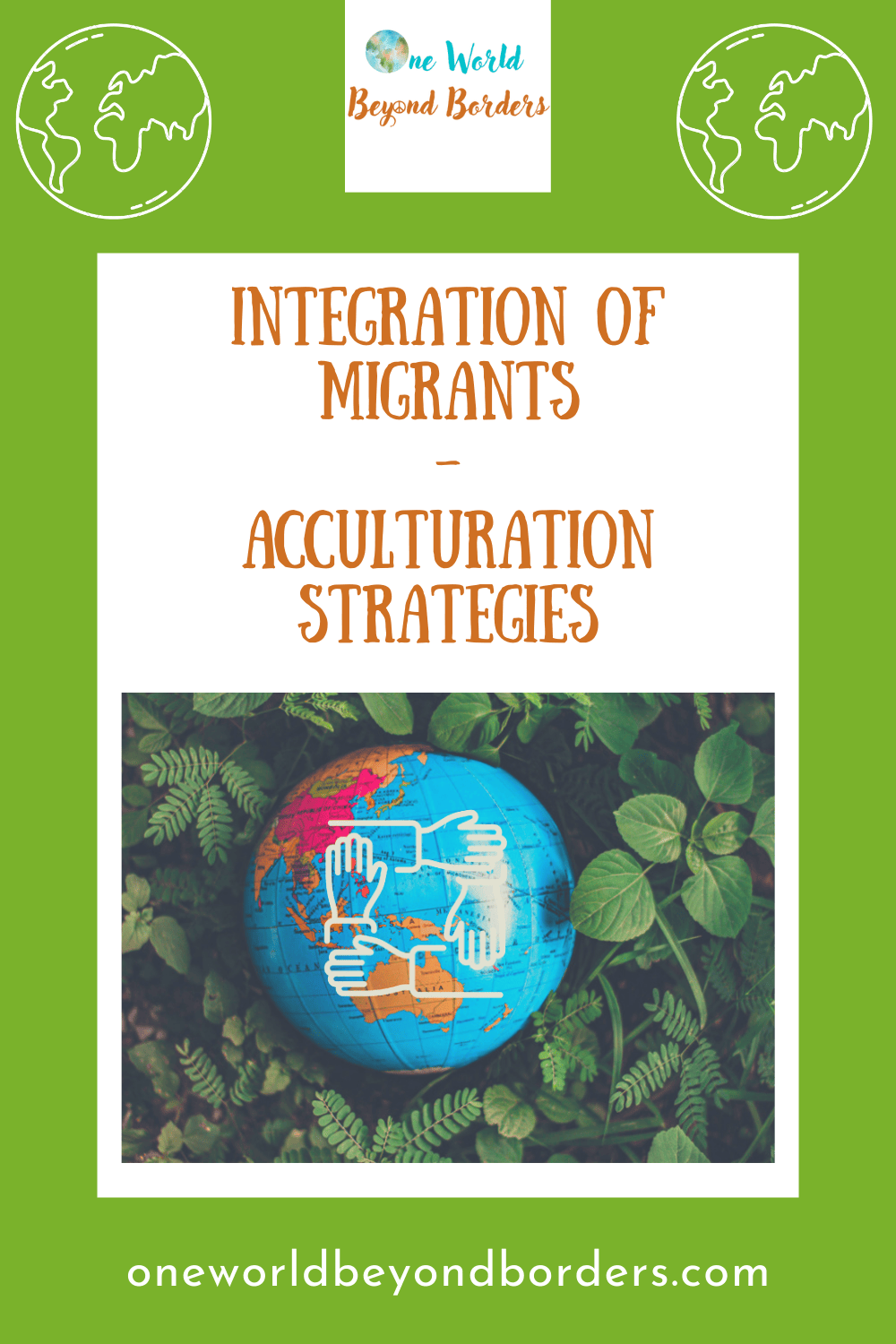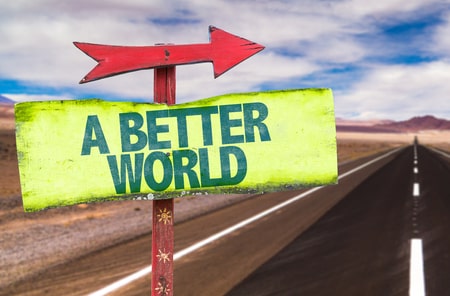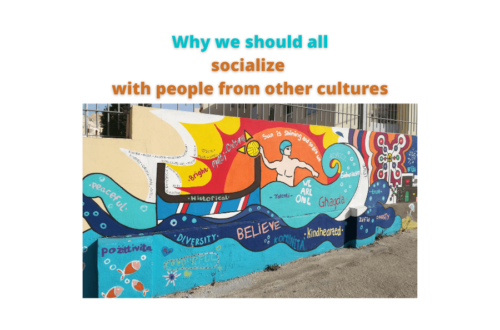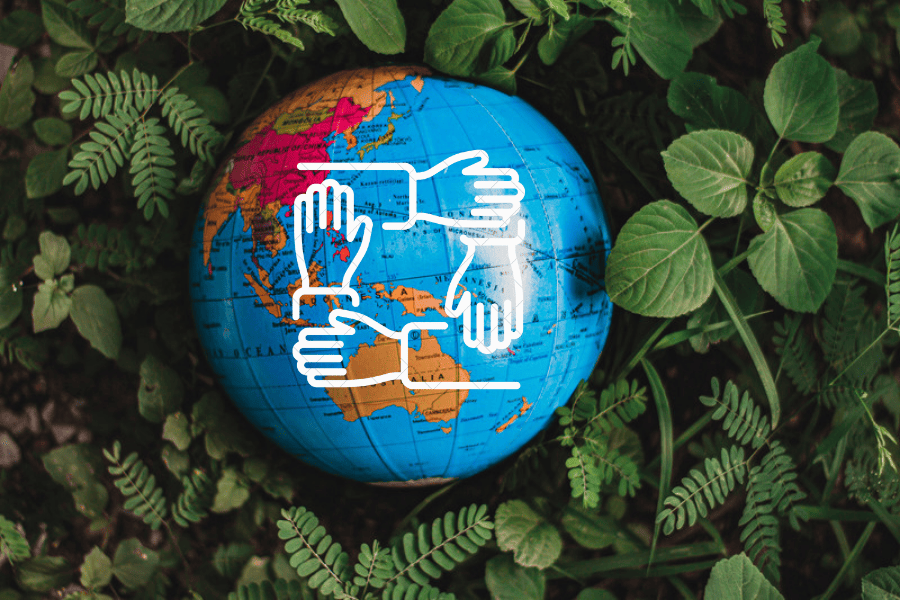
What Is the Integration of Migrants? – Acculturation Strategies
The “integration” of migrants. Here is an expression we hear almost everywhere. Initially a sociological phenomenon, it has become a commonplace. It is sometimes used indiscriminately in the media and in political discourse. Overused. Emptied of its meaning.
Integration. It is one of the issues that come up most often when we talk about migration. This is the mission of the Maltese NGO in which I was involved for some time. Its mission is reflected in its own name: Integra Foundation.
Public opinion seems to agree that the “migrant” must “integrate”, whether it is “pro” or “anti” migration.
But, in the end, what is integration? Is it adopting the cultural codes of the host society? Does it involve, for the immigrant, to set aside his or her cultural identity, or even getting rid of it altogether?
In this article, I am going to clarify the concept of integration. To do so, I am going to introduce another concept, which I discovered while attending conferences on migration in Malta. This concept, which is hardly ever spoken about outside universities and specialist circles, is acculturation.
I am keen to explain to you some of the concepts that are not well known or obscure to the general public. Indeed, I am convinced that information and knowledge must be made available for all. It is this knowledge that will constitute an effective bulwark against ignorance, which is itself at the origin of prejudice, stereotypes and the hatred that stems from them.

Acculturation: definition and concept
First of all, what is acculturation? According to the Redfield, Linton and Herskovits Memorandum (1936)[1], it is the phenomenon that results when groups of individuals having different cultures come into continuous first-hand contact, with subsequent changes in the original cultural patterns of either or both groups. Does this definition seem a bit obscure to you? Let’s simplify it!
Through this concept, we look at the relationships between people (and groups of people) from different cultures. The definition specifies that these relationships are direct and continuous. It is therefore not a question of studying the relationship between the people of a country and passing foreigners, but rather the relationship with immigrants who have come to live in the country in question. Acculturation is about the consequences of these relationships: do people or groups of people maintain their culture of origin? Do immigrants adopt the culture of the host country? Does the population of the host country integrate cultural elements brought by the immigrants?
This last question assumes that each cultural group (the immigrant group and the host population) potentially changes its culture as a result of the relationship with the other. But in reality, there is usually one so-called dominant group, which has a stronger cultural influence than the other group. Can you guess which one is it? The answer is: the population of the host country. On the other hand, the immigrants are the dominated group.
This is what can make some of the work on the subject questionable: the risk is to show ethnocentrism. Typically, Westerners assess the acculturation of immigrants through the prism of their own culture. This can lead to abuses, as it can lead some to judge the degree of ‘westernization’ or, worse, ‘modernization’ of the immigrant.
Nevertheless, I find the concept of acculturation interesting in order to understand the relations between immigrants and the host society, provided that this concept is not reduced to that of ‘westernization’.
Let’s come back to the question of the dominant and the dominated group. We are going to focus on the latter. Immigrants face challenges in adapting to their new cultural environment. This is a societal issue, but at the same time, it has an intimate aspect, as culture affects the identity of the individual. Immigrants are constantly torn between their desire to participate in the host society and their desire to preserve their culture of origin.
All these reflections were synthesized by John W. Berry, who created the acculturation model.
This model was built on two questions:
- Does the immigrant maintain his or her culture of origin?
- What kind of relationship do the different cultural groups (immigrants / host country population) have with each other? More specifically, does the immigrant have contact with members of the host society? Do they participate in the social life of the host society?
The answer to these two questions gave rise to four acculturation strategies:
- integration
- assimilation
- segregation or separation
- marginalization
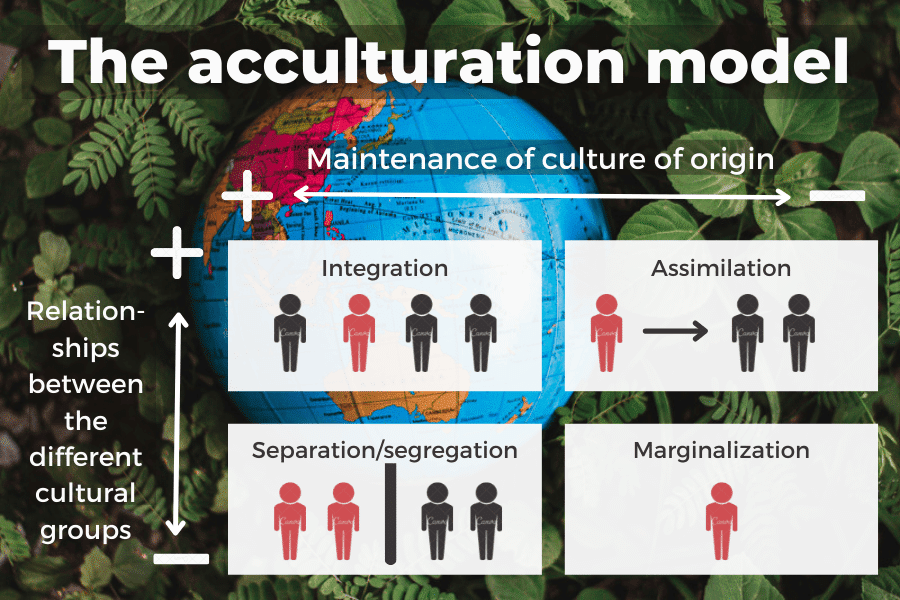
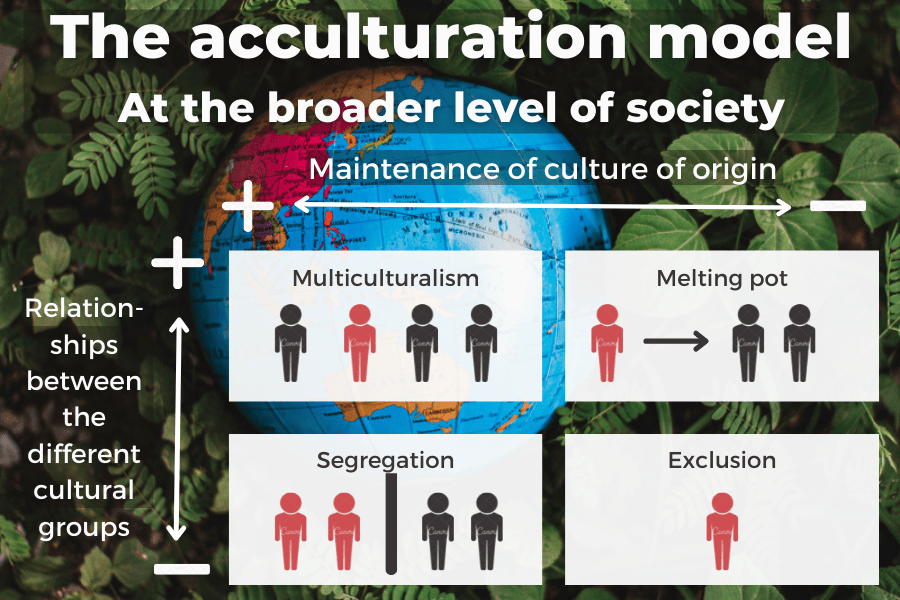
Let’s look at each of these strategies in a little more detail.
Integration
Integration refers to the fact that the immigrant participates in the host society while maintaining his/her culture of origin. He/she can then mix the values of his/her culture of origin with those of the culture of the host society.
Let’s take the example of Hassan, a Syrian refugee and Muslim living in France. Integration can mean taking part in Christmas celebrations with the people he has built relationships with in France, while continuing to practice his original religion and celebrate Eid.
At the broader societal level, integration gives rise to multiculturalism, for example the Canadian multicultural model (according to Serge Guimond). In this case, there are several distinct ethnic groups, all of which cooperate within the host society.
Assimilation
With assimilation, the immigrant establishes relations with the host society while abandoning his or her original culture and identity. He/she adopts the culture of the host society without maintaining his/her culture of origin.
Let’s take our example again. Assimilation leads Hassan to adopt all the codes of French culture while abandoning his culture of origin. He will start to “copy” and internalize all the cultural codes of France. At the same time, he will stop practicing his religion and his mother tongue (Arabic).
At the broader level of society, assimilation leads to a melting pot. Immigrants blend into the mold of the host society. The United States has adopted this model at different times in its history.
It is worth noting the confusion in some discourses between integration and assimilation. The term ‘integration’ is used, while the authors are actually talking about assimilation. In these discourses, the authors express the need, in their view, for migrants to “integrate”, but in reality they expect migrants to adopt a strategy of assimilation and abandon their culture and identity of origin.
Segregation or separation
Segregation (or separation) is the opposite of assimilation: the immigrant maintains his/her culture of origin while avoiding interactions with the host society.
In our example, Hassan will continue to speak Arabic and practice his religion (especially with other immigrants) while minimizing his interactions with French society.
Segregation or separation?
When the absence of relations with the host society is freely chosen by the immigrant, it is called separation.
Conversely, when this absence is imposed by the host society itself, it is called segregation.
The strategy of segregation has given rise to some infamous examples: the segregation of Black people in the United States, apartheid in South Africa, and the policy pursued in Israel against Palestinians[2].
Marginalization
Marginalization is the opposite of integration. In this case, the immigrant loses his/her cultural identity without being able to establish relations with the host society.
This situation is not easy to identify. It is accompanied by confusion about identity, both individually and collectively.
Marginalization is often the result of exclusion and discrimination against the immigrant.
To take our example, Hassan has abandoned his original culture and identity. He is a victim of exclusion and discrimination. He finds himself isolated, in a frightening situation, where he doesn’t know how to define his identity.
The best strategy: integration
Now you know the four strategies of acculturation. Which one is the best?
As you read in the title, I think integration is the best strategy. It is a real enrichment, both for the immigrant and the host society.
The immigrant neither abandons nor denies his/her culture of origin (and why should he/she do so?). This strategy is respectful of his/her identity, and therefore of his/her person. The immigrant does not strip himself of his culture, his identity. He/she adds elements of the host country’s culture to his/her culture of origin and enriches his/her identity. Conversely, the host society also benefits from the cultural contribution made by immigrants.
Therefore, building a multicultural society seems to me to be the key to a more harmonious world or even a better world. A society that respects the cultural identity of each person while allowing for enrichment through contact with others. A society that is beneficial for both the immigrant and the host society.
Let’s not ask individuals (immigrants or not) to fit into a mold to the detriment of their identity. They are not pies!
Let’s not confuse integration with assimilation, as some discourses tend to do.
Let’s not reduce acculturation to ‘westernization’.
Let’s not exclude others because they are different.
Let’s create a multicultural society.
Each of us can, at our own level, participate in its construction and thus make this world a little better.
Sources:
- Conferences attended in Malta (including the FACULTY CONFERENCE organized by the Community Engagement Sub-Committee of the Faculty for Social Wellbeing in collaboration with JRS on 14/11/2017, entitled “Beyond Refuge: Integration of Refugees and Asylum Seekers In Maltese Society”)
- Wikipedia
- Universalis
- My personal experience
[1] Melville Herskovits, Acculturation: the study of culture contact, New York, J.J. Augustin, 1938, 155 p.
[2] I do not wish to open the debate on the situation in Israel. Each of us will make his/her own opinion on the relations between Israelis and Palestinians.
Did you like this blog post? Pin it!
